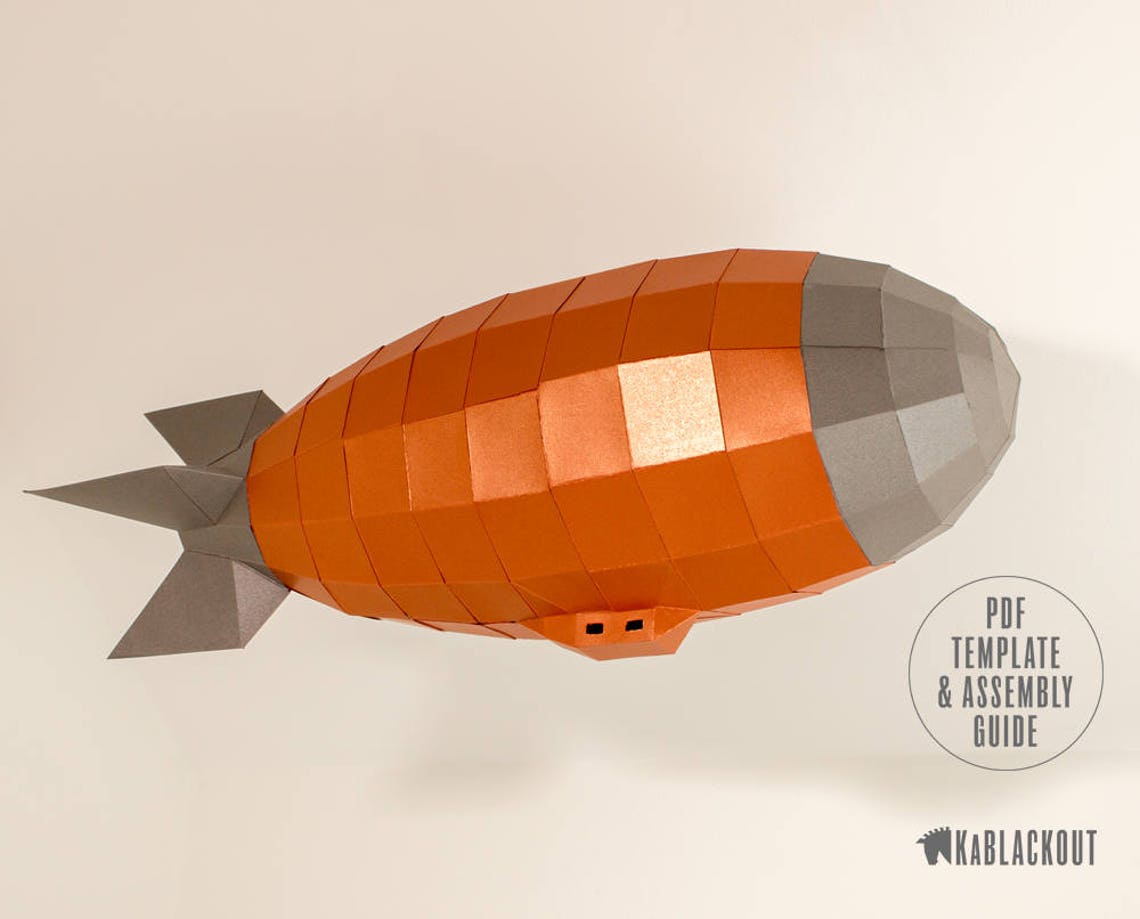

The fabrication methods for assembling together different layers of laminate structure and joining techniques for different parts of aerostat were also discussed. The aerostat was subjected to open environmental condition, hence the material selection for developing such structure with better durability was the matter of worry for the researchers for last few decades and some developments in this segment is evolved and brought out very broadly in this article. The functional features of various materials used for different components of aerostat meeting the very stringent requirements are briefly discussed. This review article also summarized various classes of aerostats, different components of aerostat, property requirements, fabrication methods and evaluation methods for the envelope structure. The envelope used to fill with light air in pressurized condition to provide the desire lift. Aerostat is basically an inflatable balloon fly at certain height and carries necessary items for collecting the ground information and transmitting the same to the defence source unit. This review article presented a brief introduction and features of the Aerostat and the inflatable textile and polymeric materials used for developing envelope structure. Zeppelin NT design B.A Brief Review of Technology and Materials for Aerostat Application Unconventional designs Gabriel Alexander Khoury 20. Roles and economic considerations Reginald Hillsdon 19. Toontrack ezmix 2 with expansions and r2r keygen computerid. This comprehensive guide to modern airship design and operation, written by world experts, is the only up-to-date book on airship technology intended as a technical. Weight estimates and control John Craig 10. Introduction Gabriel Alexander Khoury 2.īasic principles Edwin Mowforth 3. This new edition introduces nine new chapters and includes significant revisions and updates to five of the original chapters. In addition to basic airship principles, the book covers conventional and unconventional design in a panoramic and in-depth manner focusing on four themes: (1) basic principles, such as aerostatics, aerodynamics, propulsion, materials and structures, stability and control, mooring and ground handling, and piloting and meteorology (2) airship types, including conventional (manned and unmanned), hot air, solar powered and hybrid (3) airship applications, including surveillance, tourism, heavy lift, and disaster and humanitarian relief and (4) airship roles and economic considerations. This comprehensive guide (second edition) to modern airship design and operation, written by world experts, is the only up-to-date book on airship technology intended as a technical guide to those interested in studying, designing, building, flying and operating airships.


 0 kommentar(er)
0 kommentar(er)
